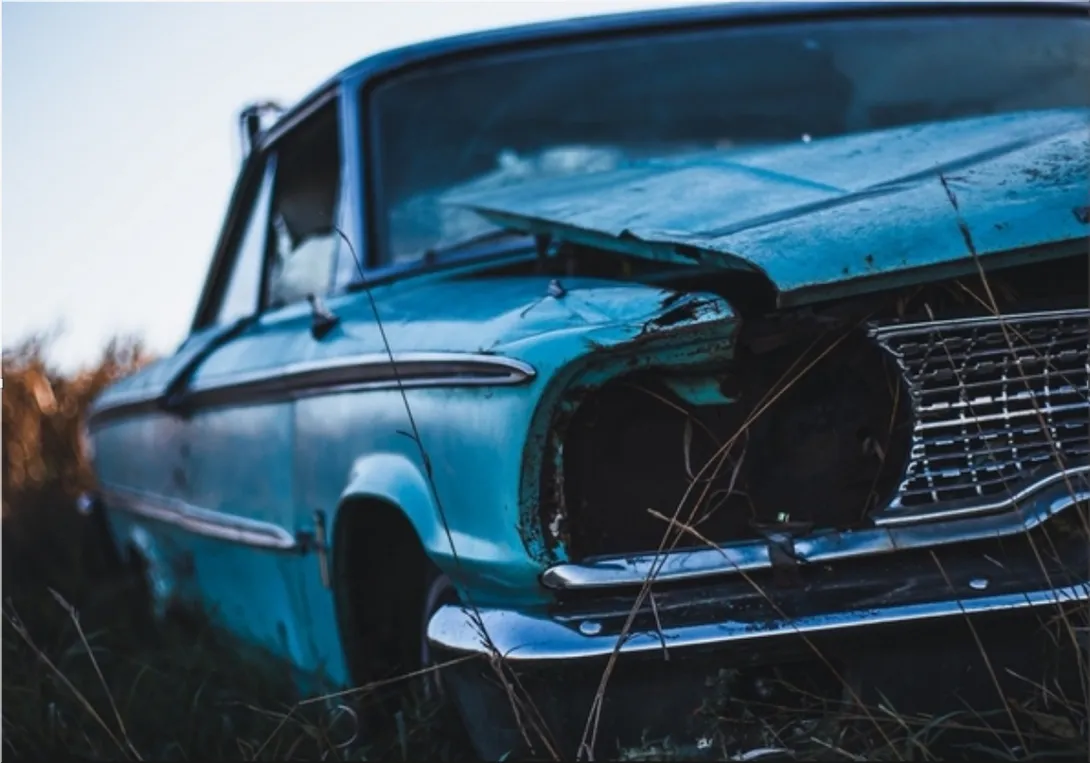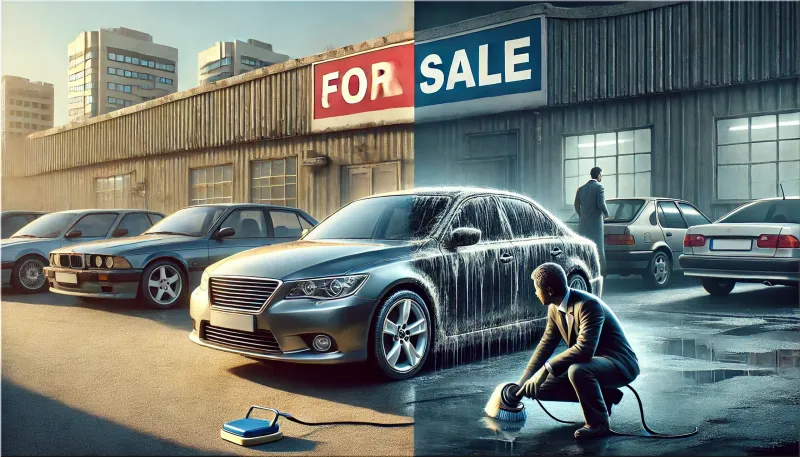When it comes to selling or trading your car, its condition is crucial in determining its resale value. Even minor scratches, dents, or interior wear can significantly reduce how much you get for your vehicle. Handling damage properly helps maintain your car’s appearance and ensures you get the best possible price when it’s time to part ways. In this guide, we’ll explore key strategies to protect your car’s resale value by addressing damage correctly, choosing professionals to repair the damage, and keeping up with regular maintenance.
Address Damage Immediately
One of the biggest mistakes car owners make is ignoring minor damage. Small dents, paint chips, or windshield cracks can worsen over time, leading to more extensive and costly repairs. The sooner you address these issues, the better. Professional shops can restore your vehicle's exterior. While interior cleaning and detailing can keep your cabin looking fresh.
Choose Professional Repairs Over DIY fixes.
While DIY fixes might seem cost-effective, they can sometimes do more harm than good. Poorly applied touch-up paint or at-home dent removal can make damage more noticeable. Professional repairs ensure a seamless finish, preserving your car’s factory appearance and preventing further deterioration.
If your vehicle has been involved in an accident, following the collision repair timeline is essential to restore it properly. The repair process typically requires investment, parts ordering, bodywork, and final inspections to ensure the car is returned to its pre-accident condition. Getting professional repairs done promptly enhances safety and keeps your resale value intact.
Keep Up with Regular Maintenance
A well-maintained vehicle is more attractive to buyers. Keeping up with routine oil changes, brake checks, and tire rotations shows that your car has been cared for properly. In addition, regular washing and waxing protect your car’s paint from fading, rust, and environmental damage. Maintaining service records also gives potential buyers confidence that your car is in top condition.
Use Quality Replacement Parts
Always opt for high-quality or original equipment manufacturer (OEM) parts if repairs require new parts. These parts ensure the best fit, function, and durability. Some aftermarket parts may be cheaper but can reduce the vehicle’s value if they don’t match the original specifications.
Preserve the Interior
While exterior damage is often the most noticeable, the interior condition of your car is just as critical. Stains, tears in the upholstery, and worn-out floor mats can make a vehicle look older than it is. Using seat covers, vacuuming regularly, and avoiding smoking inside the car can help preserve the interior.
Document Repairs and Upkeep
Detailed records of repairs, maintenance, and inspections can help prove your car’s value to potential buyers. When selling, a well-documented history reassures buyers that the vehicle has been well cared for and is less likely to have hidden issues.


